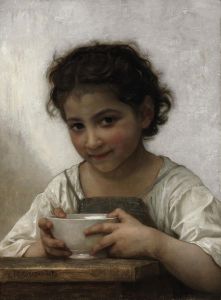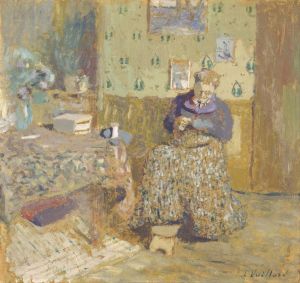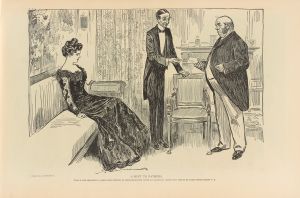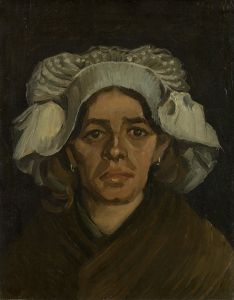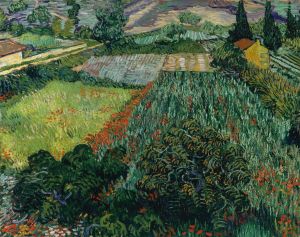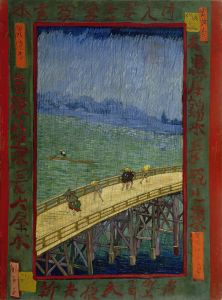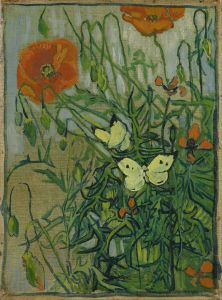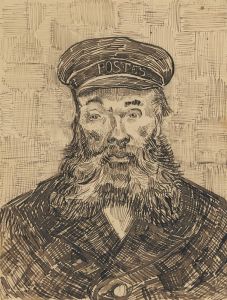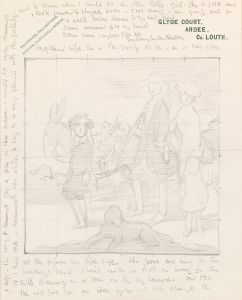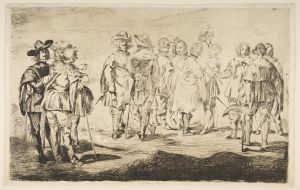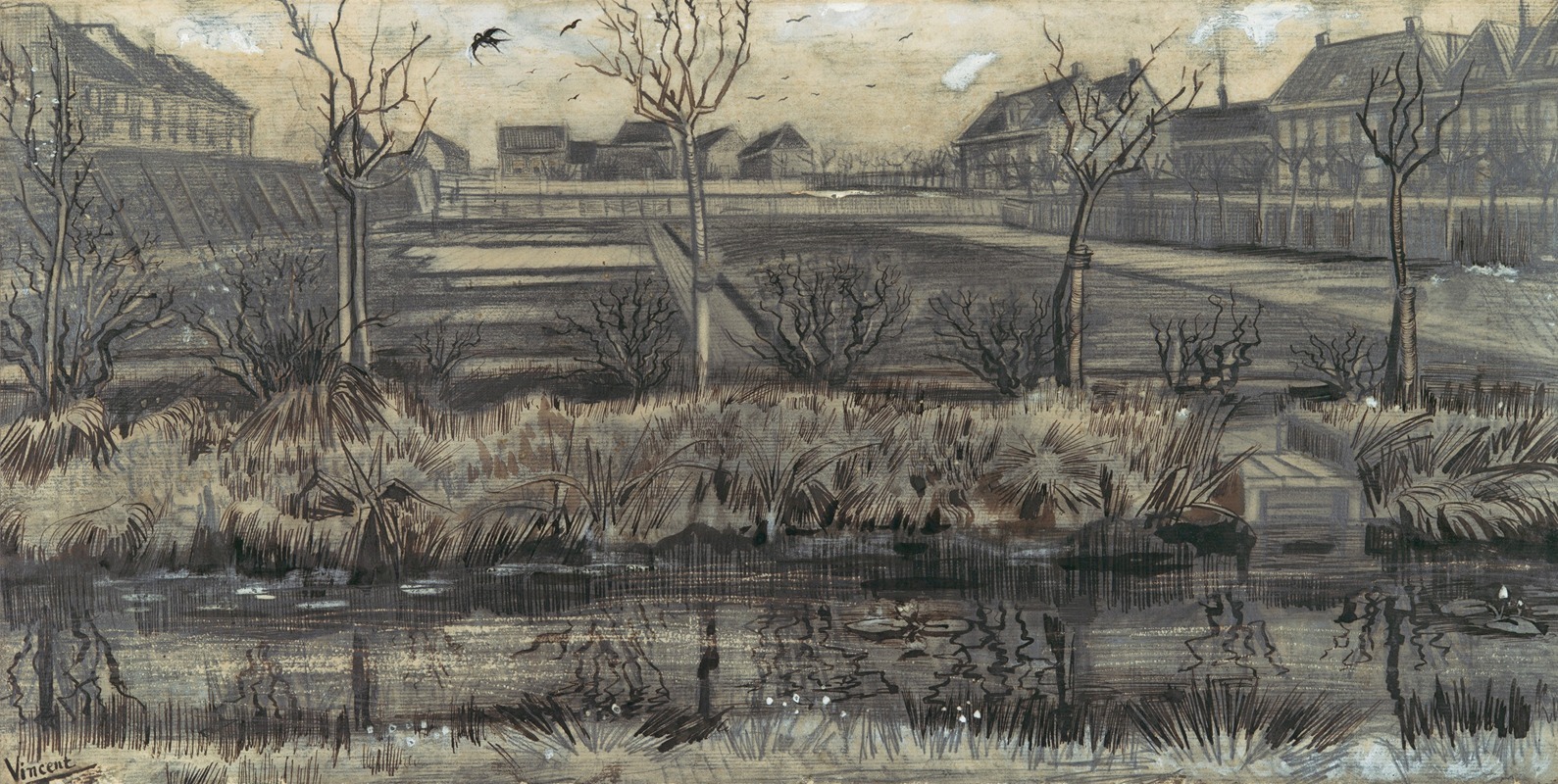
Nursery on Schenkweg
A hand-painted replica of Vincent van Gogh’s masterpiece Nursery on Schenkweg, meticulously crafted by professional artists to capture the true essence of the original. Each piece is created with museum-quality canvas and rare mineral pigments, carefully painted by experienced artists with delicate brushstrokes and rich, layered colors to perfectly recreate the texture of the original artwork. Unlike machine-printed reproductions, this hand-painted version brings the painting to life, infused with the artist’s emotions and skill in every stroke. Whether for personal collection or home decoration, it instantly elevates the artistic atmosphere of any space.
"Nursery on Schenkweg" is a painting created by Dutch artist Vincent van Gogh in 1882 during his time in The Hague. This work is part of Van Gogh's early artistic period, which was characterized by his focus on drawing and painting scenes of everyday life, particularly those depicting the working class and rural landscapes. At this stage in his career, Van Gogh was still developing his artistic style and was heavily influenced by the Dutch realist tradition.
The painting portrays a nursery garden located on Schenkweg, a street in The Hague. The scene captures a quiet, modest garden setting, with rows of plants and trees, reflecting Van Gogh's interest in depicting nature and agricultural life. The composition emphasizes structure and order, with the rows of vegetation leading the viewer's eye into the depth of the scene. The muted color palette and detailed brushwork are typical of Van Gogh's early works, before he adopted the vibrant colors and expressive techniques that would later define his post-Impressionist style.
During this period, Van Gogh was deeply inspired by the works of artists such as Jean-François Millet, whose depictions of rural life and laborers resonated with Van Gogh's own artistic and social concerns. He sought to convey the dignity and simplicity of everyday life, often focusing on subjects that were overlooked or undervalued in traditional art.
"Nursery on Schenkweg" is one of several works Van Gogh created while living in The Hague, where he was mentored by his cousin-in-law, the painter Anton Mauve. Mauve introduced Van Gogh to watercolor and oil painting techniques, which helped him transition from drawing to painting. This period was also marked by Van Gogh's dedication to studying perspective, anatomy, and the natural world, as he worked to refine his skills as an artist.
The painting is considered a significant example of Van Gogh's early exploration of landscape and his commitment to capturing the essence of his surroundings. While it does not exhibit the bold colors and dynamic brushstrokes of his later works, it provides insight into his artistic development and the themes that would continue to influence his art throughout his career.
Today, "Nursery on Schenkweg" is recognized as an important piece within Van Gogh's early oeuvre, offering a glimpse into the formative years of one of history's most celebrated artists.





